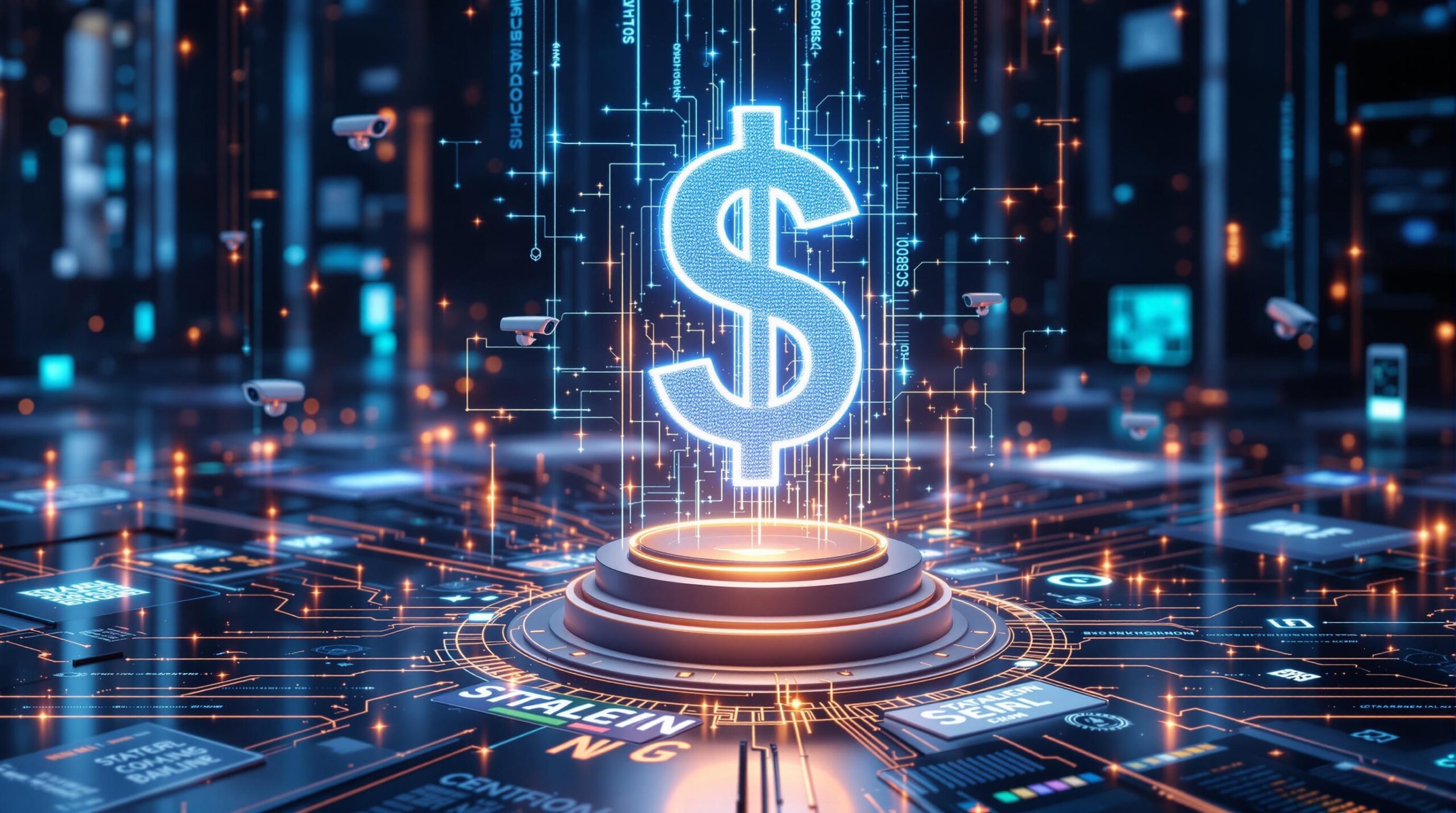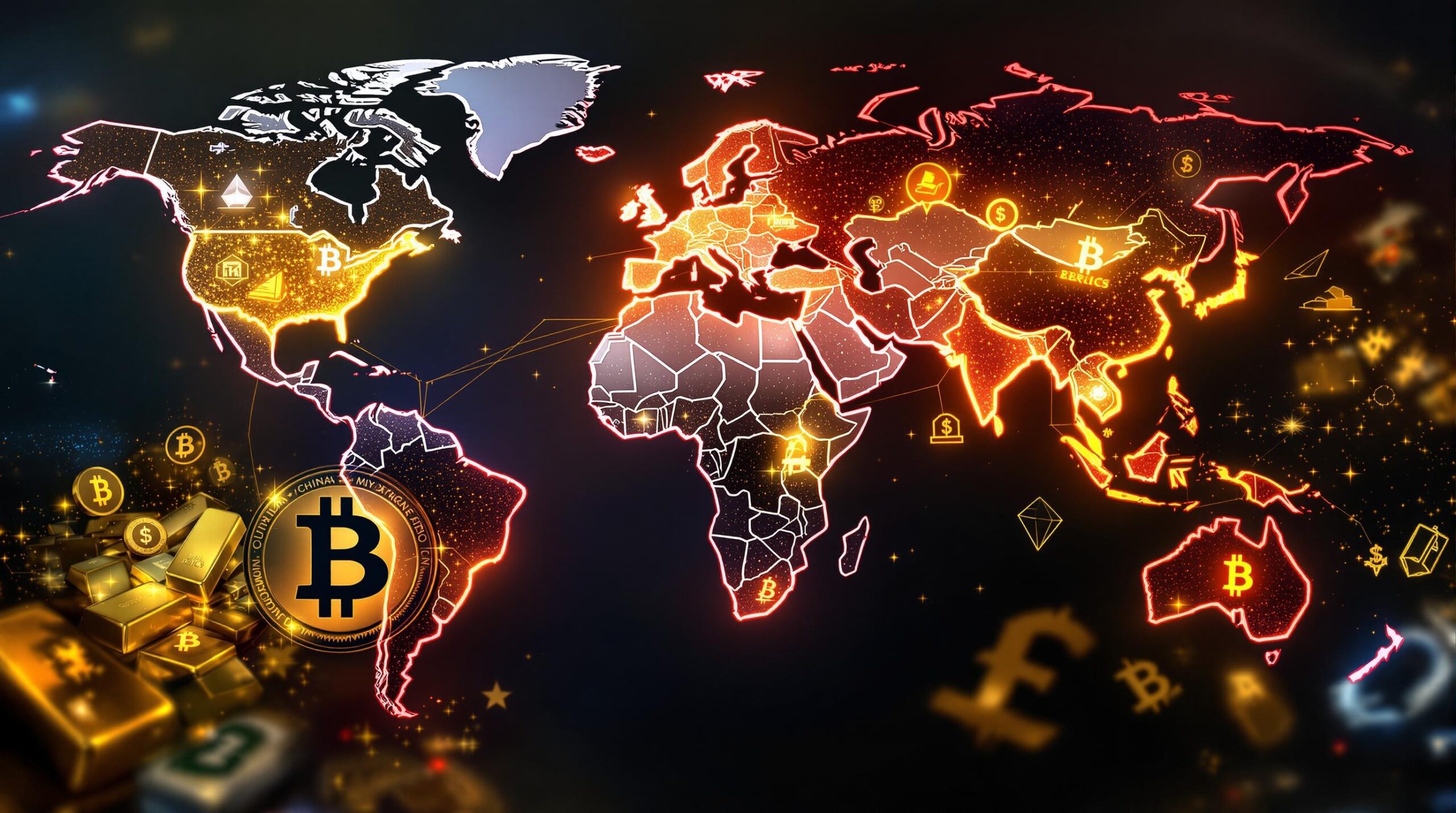Podcast Discussion: Deep Dive Into This Article.
While it may sound improbable, recent events—including a cryptocurrency-focused executive order signed during Donald Trump’s presidency—have raised questions about government control over digital assets and the implications for financial freedom.
This article examines the historical context of gold confiscation during the Great Depression, parallels with cryptocurrency regulation today, and actionable steps to safeguard your digital assets.
A Glimpse Into the 1930s: Gold Confiscation During the Great Depression

To understand the potential for government intervention in crypto, let’s revisit 1933, one of the darkest economic periods in U.S. history. The Great Depression, triggered by the 1929 stock market crash, left millions unemployed, caused widespread homelessness, and shattered public trust in banks. During this crisis, the U.S. dollar was tied to the gold standard, where every dollar in circulation was backed by a specific amount of gold.
As fear gripped the economy, individuals hoarded gold, further reducing its circulation. The federal government, led by Franklin D. Roosevelt, responded with Executive Order 6102, mandating that Americans sell their gold to the Federal Reserve at a fixed price. Those who refused faced steep fines and even prison time. This controversial measure enabled the government to boost its gold reserves and later devalue the dollar by raising gold’s price, increasing inflation to stimulate the economy.
While Executive Order 6102 provided short-term relief, it remains a cautionary tale about the extent of government power in times of crisis. Could we see something similar with cryptocurrency in the future?
Cryptocurrency and Executive Orders: A Modern Parallel

Fast forward to today, and while the U.S. economy differs drastically from the 1930s, echoes of the past persist. A recent executive order signed during Trump’s presidency outlines a framework for regulating digital assets, including discussions on Central Bank Digital Currencies (CBDCs).
However, there’s more beneath the surface. Some argue this executive order is less about innovation and more about extending the dollar’s hegemony through dollar stablecoins. While not issued directly by the Federal Reserve, these stablecoins are programmable, surveillable, and seizable—sharing many characteristics of CBDCs. The key difference lies in their structure: they maintain the two-tier banking system, a model that Wall Street has lobbied for since digital dollar discussions began in earnest.
In the U.S., mass surveillance often operates as a public-private partnership. Why would digital money be any different? This alignment between government oversight and private financial institutions raises concerns about privacy and control. Notably, the stablecoin model aligns with predictions made years ago by cryptocurrency analyst Mark Goodwin, who foresaw that dollar stablecoins would become the de facto CBDC in the U.S.
Stablecoins like USDT are often seen as tools of financial freedom, but they come with strings attached. Instances have already emerged where Tether (USDT) froze wallet addresses associated with activities deemed illicit, such as those tied to popular Ethereum mixing services like Tornado Cash. These actions underscore how stablecoins, while not issued directly by central banks, can still be surveilled, blocked, and controlled.
This programmability makes stablecoins functionally similar to CBDCs in their ability to enforce financial control. The U.S. government, by leaning on private-sector stablecoins, can extend dollar hegemony while avoiding the direct political hurdles of rolling out a government-backed digital currency. However, this raises serious concerns about privacy and individual autonomy in the digital age.
The Rise of BRICS and the Dollar’s Decline

Geopolitics is reshaping the global financial system. The rise of BRICS nations (Brazil, Russia, India, China, and South Africa) and their push for de-dollarization threaten the U.S. dollar’s position as the world’s reserve currency. By leveraging alternative trade systems and currencies, these nations are working to reduce reliance on the dollar.
The weaponization of the dollar in international sanctions has accelerated this trend, as countries seek alternatives to avoid being cut off from the global financial system. This shift weakens the dollar’s dominance and removes the safety net that its reserve currency status once provided.
In such a landscape, cryptocurrencies may emerge as a viable alternative store of value, but they could also become a focal point for governments seeking to maintain monetary control.
Could Crypto Confiscation Actually Happen?
Under extreme circumstances, such as runaway inflation or severe economic instability, the government could view cryptocurrency as a threat—similar to how gold hoarding was perceived in 1933. Laws like the Trading With the Enemy Act or the International Emergency Economic Powers Act (IEEPA) grant broad authority to regulate or seize assets during a national emergency.
Enforcement would likely start with centralized exchanges, where most people store their crypto. Governments could freeze accounts, mandate wallet disclosures, or impose penalties for non-compliance, making it challenging to move or protect assets.
Although this scenario is hypothetical, understanding the historical parallels helps us prepare for potential government intervention.
How to Protect Your Cryptocurrency

Proactive measures can safeguard your financial freedom. Here’s how:
- Use Hardware Wallets for Self-Custody
If you don’t hold your private keys, you don’t truly own your crypto. Hardware wallets like Ledger and Trezor provide offline security, protecting your assets from hackers and unauthorized access. - Be Cautious with Privacy-Focused Software Wallets
While privacy-focused wallets like Samurai have been popular for obscuring transaction histories, their shutdown highlights the risks of relying on such tools. Users of Samurai, for instance, found their post-mix funds frozen after the service was targeted by authorities. This serves as a stark reminder that even privacy-focused solutions can be vulnerable to regulatory crackdowns. - Diversify Across Jurisdictions
Spread your holdings across wallets not tied to a single country to mitigate the risk of losing access due to regulatory changes. - Stay Updated on Regulations
Knowledge is power. Follow updates on cryptocurrency laws and advocate for policies that preserve individual freedoms.
Conclusion: Stay Informed, Stay Secure
While the recent executive order isn’t a law, it lays the groundwork for future regulations that could impact cryptocurrency. History reminds us that governments can take drastic actions during times of crisis, making it essential to stay informed and prepared.
Cryptocurrency offers unparalleled financial freedom, but with that freedom comes the responsibility to protect it. By taking proactive steps today, you can safeguard your assets against uncertainties tomorrow.
This article reflects the opinions of the publisher based on available information at the time of writing. It is not intended to provide financial advice, and it does not necessarily represent the views of the news site or its affiliates. Readers are encouraged to conduct further research or consult with a financial advisor before making any investment decisions.



